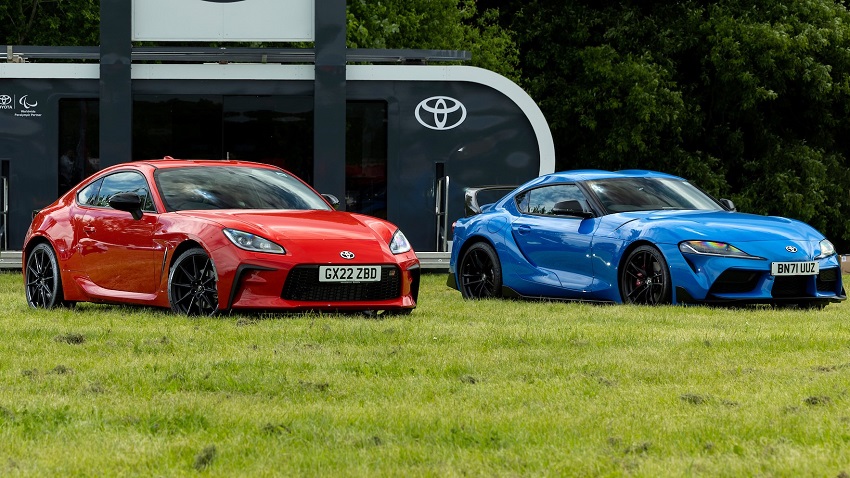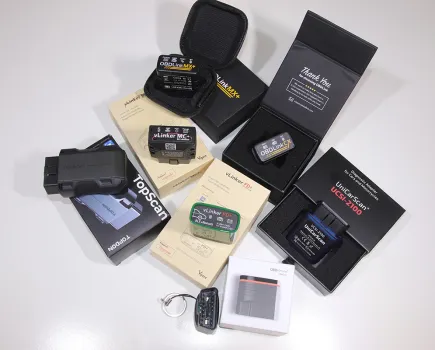In a world of excessive performance and inflated price tags, we thought we’d bring things back down to earth. Here’s our top 10 affordable sports cars from 2022.
Dealer prices and horsepower readings seem to be battling each other in a race to the top at the moment. But what about those of us that don’t have six figures to spend on a car, or for whom 500hp is more than enough?
Well, vehicles such as these might be a dying breed, but 2022 still gave us some brilliant affordable sports cars. Here’s some of our favourites.
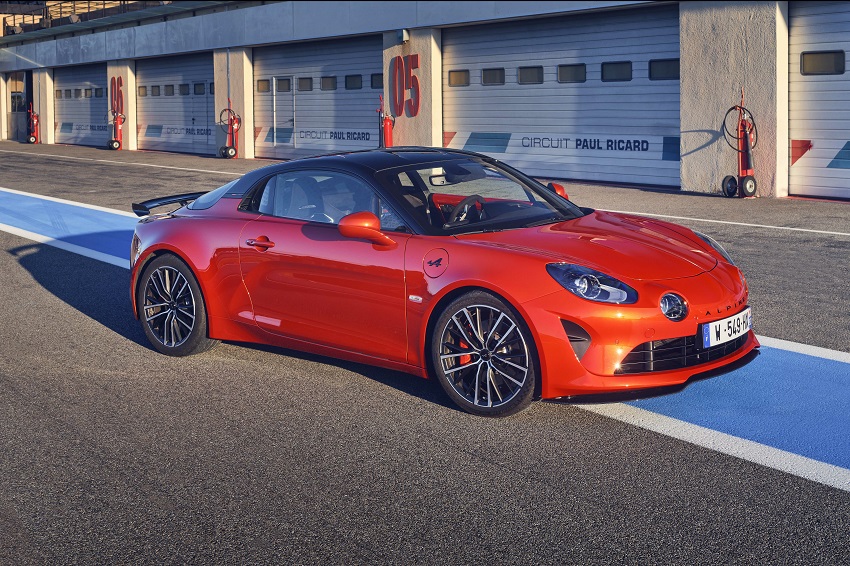
Alpine A110 S
It hurts us a little inside to know that the Alpine A110 hasn’t sold very well over these past few years. The car debuted back in 2018, and from the offset, it should’ve appealed to sports car owners across the board. A vehicle which championed handling dynamics over headline spec figures, without feeling as basic inside as an old Lotus: it promised to be one of the best driver’s cars of the decade.
And by most accounts, it was exactly that. However, for whatever reason, it never quite struck a chord with those wealthy enough to actually buy a new sports car.
Nevertheless, Alpine has kept plugging away with fresh updates for the A110, and 2022 has been no different in that respect. The latest edition of the car comes in three different guises, priced between £49,905-£59,355, the cheapest of which being the 1102kg base model. That weight is distributed in a 44:56 split towards the rear, giving the car a “communicative” and “undiluted” feel. As always, you’ll find a 1.8-litre turbo four-cylinder engine under the bonnet, outputting 248hp and 236lb ft of torque. In the modern day, that might not sound like much, but that’s kind of the point.
You don’t need to have shedloads of power to have fun on a back road, especially in a car as light and as well set-up as the A110. Besides, it still manages 60mph in 4.5 seconds, so it’s hardly a slouch.
If you’d rather have a bit more power at your disposal though, the ‘GT’-branded middle child of the new range ups the A110’s power to 296hp. Plus, as the name suggests, you get a few added comforts inside, such as leather seats.
The cream of the crop though is undoubtedly the A110 S (well, unless you count the hardcore A110 R and its silly seventy-grand-plus price tag). Complete with a new, sportier carbon fibre aero kit and semi-slick tyres, the A110 S will top out at 171mph. Meanwhile, stiffer springs and a lower ride height mean it’ll feel more planted through the corners too. If you want a better idea as to why we rate this car so highly, feel free to read our dedicated review of it here.

Porsche 718 Cayman 4.0 GTS
One of the biggest barriers to success for the Alpine A110 over the years has been this, the Porsche Cayman. Let’s be honest, the small sports car market is a niche one, and when faced with a Porsche or a pumped-up Renault, most of those customers will opt for the German car.
The base model 718 Cayman is naturally the closest competitor to the Alpine, with its 2.0-litre four-cylinder boxer engine and £47,000 price tag. Dynamically, the Cayman has been the best-handling car in its class for a long time, and that remains the case. However, the experience is somewhat spoiled in these cheaper variants by one key component.
That power unit, however effective it is, it’s simply a bit drab to listen to. Instead, if you want to experience the 718 Cayman as it should be experienced, you’ll need the £68,700 GTS model.
This switches out the four-pot for a much more Porsche-like 4.0-litre flat-six, which not only sounds a whole lot better, but also injects the car with a welcome dose of torque – 310lb ft of it, to be precise. This helps to propel it to 182mph if you opt for the manual gearbox, while 62mph is reached in four seconds dead.
What’s more, in GTS guise, you’re treated to an encouraging blend of comfort and feedback, straddling the gap between the hardcore GT4 and softer S models nicely. Speaking of the GT4, we had considered featuring the new flagship GT4 RS and its addictive exhaust note, but £108,000 is a lot of money to be paying for a Cayman.
Instead, we feel that the GTS is the 718 model’s goldilocks zone, offering the best blend of drivability, affordability, and comfort.
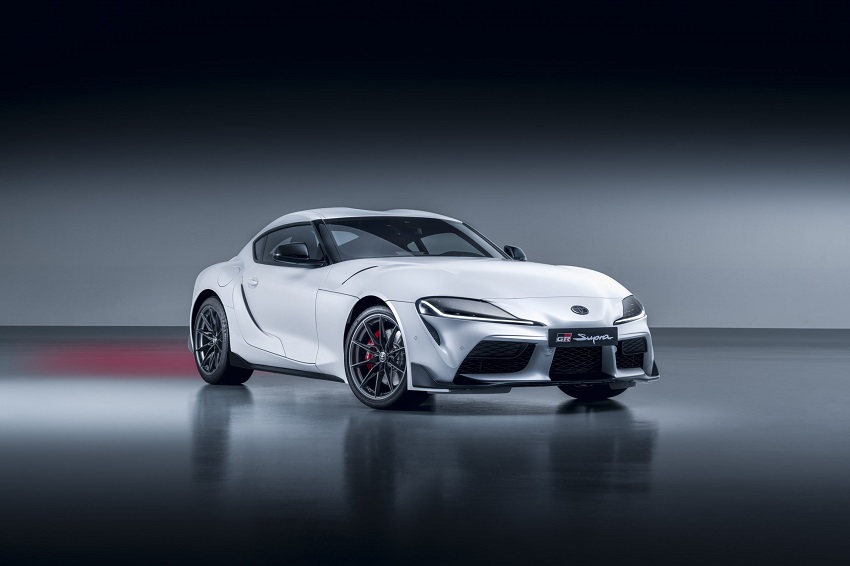
Toyota GR Supra 3.0 Manual
The internet comments sections had been calling out for it ever since the car was launched, and now in 2022, you can finally buy a GR Supra with a good ol’ manual gearbox.
Was all the outcry worth it though? Well, in a word: yes. As a performance car, the regular A90-gen Supra was undoubtedly capable, but struggled to really impose itself as a proper driver’s car.
Now though, with a manual gearbox – and a genuinely good one at that – the JDM icon has been given the sort of enthusiastic personality that it lacked at launch.
The 2022 edition of the car hasn’t just got a new transmission to show for itself though. Toyota have also taken the time to rework the GR Supra’s core underpinnings. Revisions such as firmer anti-roll bars, altered weighting of the power steering, and different damper settings make it a much more precise vehicle to place on the road. 40kg of weight loss is a nice little added bonus too.
However, although it’s definitely sharper than it used to be, the GR Supra is still not quite as laser-focused as the class-leading Cayman. Nonetheless, the manual transmission is very much a worthwhile addition to the range, though you’ll have to pay at least £56,835 for it, as sadly the third pedal is reserved for six-cylinder cars only.
Given the ultra-limited production run off the Toyota GR86 (more on that later), it’s a shame that the four-cylinder Supras won’t get this manual option too to serve some of the extra demand. Oh well, either way, we’re just glad that the manual gearbox is finally here – and it was worth the wait.
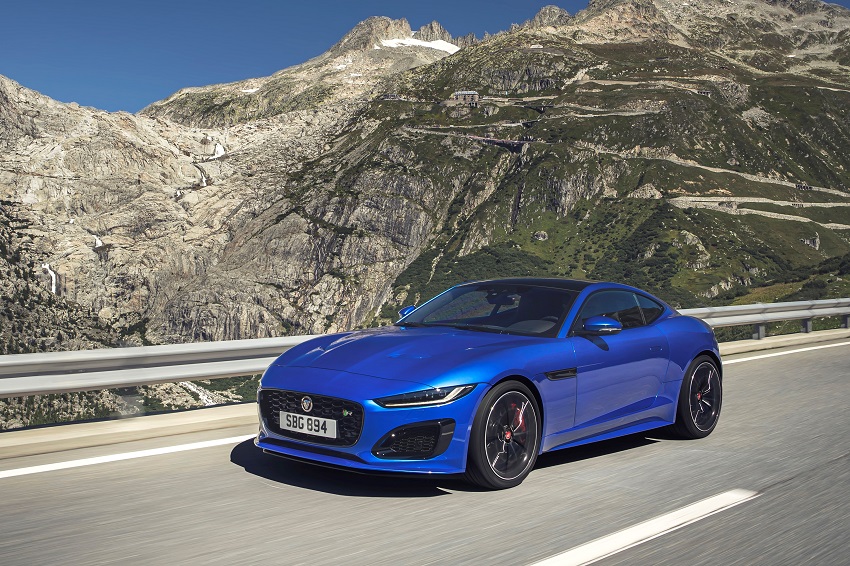
Jaguar F-Type
It might feel as though the Jaguar F-Type has been around for ages, and that’s because it has. The gorgeous British coupe first rolled off production lines back in 2013, but it’s still sitting pretty in Jaguar dealerships now, nearly a decade later.
During that time the F-Type has undergone a visual facelift, while a V6 engine option also came and went. So, what does the F-Type recipe look like in 2022?
Well, as things stand, there are three different engine options. The range starts with the £58,275 P300 model, which comes packing a turbocharged four-cylinder engine good enough for 295hp. As a ‘budget option’ – and we’re using that term very lightly indeed – the four-pot does a reasonable job. However, the Jag is a bit heftier than many of its rivals, and so that extra weight lends itself more to the beefier V8s instead.
There are two to choose from. The mid-range P450 R-Dynamic effectively takes over from the old V6 model, offering 444hp from its 5.0-litre V8, while a hotter ‘R’ version (designated as the P575) can also be had with 567hp and all-wheel drive at its disposal.
Regardless of whichever engine you choose though, the F-Type will fall short of matching the Porsche or Alpine on a track. As its graceful exterior suggests, this Big Cat is much more at home on a long-distance cruise. That’s not to say it’s incompetent though. The F-Type is a well-balanced, stable car, and comes equipped with multiple driving modes to eek out as much performance or comfort as possible.
At the end of the day though, it’s a grand tourer by design. So, although that burbly V8 would keep us entertained by itself for hours, if it’s real athleticism that you’re after, then you’re better off looking elsewhere.
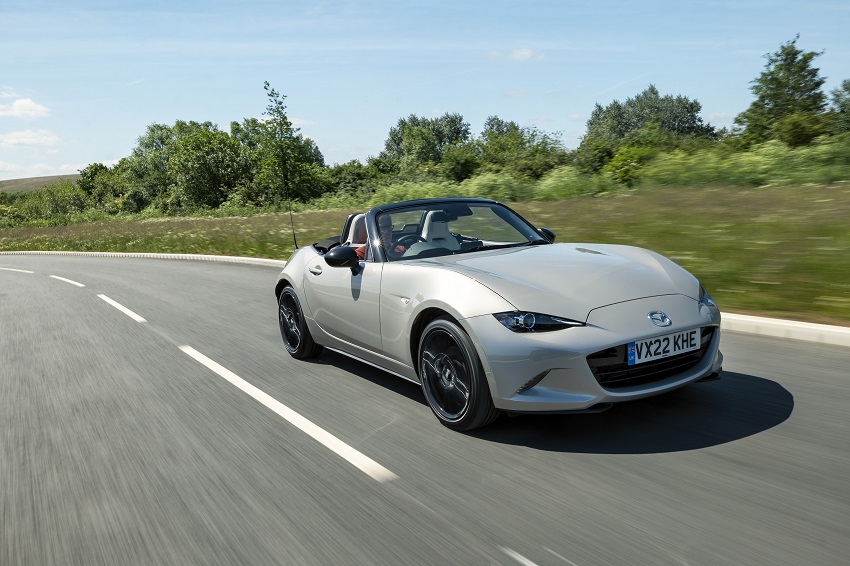
Mazda MX-5
On the other end of the price spectrum, there’s this, the humble Mazda MX-5. Starting at £25,725, it’s fair to say that you shouldn’t expect the same sort of outright performance figures that the other cars mentioned here can claim. That’s not necessarily a bad thing though.
From the factory, the fourth generation of this classic roadster weighs just 961kg (if equipped with the 1.5-litre engine). So, while its 8.3-second 0-60 time might be far from rapid, those 130 horses will feel much more energetic than they would in your average family hatch. In essence, the base-spec MX-5 offers its driver a lightweight, rear-wheel drive platform (complete with sporty suspension set-up and limited-slip diff), in a package that even the most inexperienced of enthusiasts will find manageable. In short: you don’t have to work hard to have fun in this car.
Still, if you’re after a bit more oomph, you can go for a 2.0-litre alternative instead, which bumps the power up to 181hp and reduces the MX-5’s 0-60mph time to just 6.5 seconds. It keeps the model’s core trait of lightness too, tipping the scales at barely over a tonne.
For 2022, the MX-5 got a subtle update under the skin. It now comes with a system known as Kinetic Posture Control, which applies an extra dash of braking pressure to the rear wheels when cornering hard (if the situation requires it). This should help to keep the car more settled when pushing on at pace without taking away much of that ‘jinba ittai’ which Mazda holds so dear.
For the past thirty years, the MX-5 has been the go-to budget roadster, and as far as we can see, there’s no reason for that to change anytime soon.
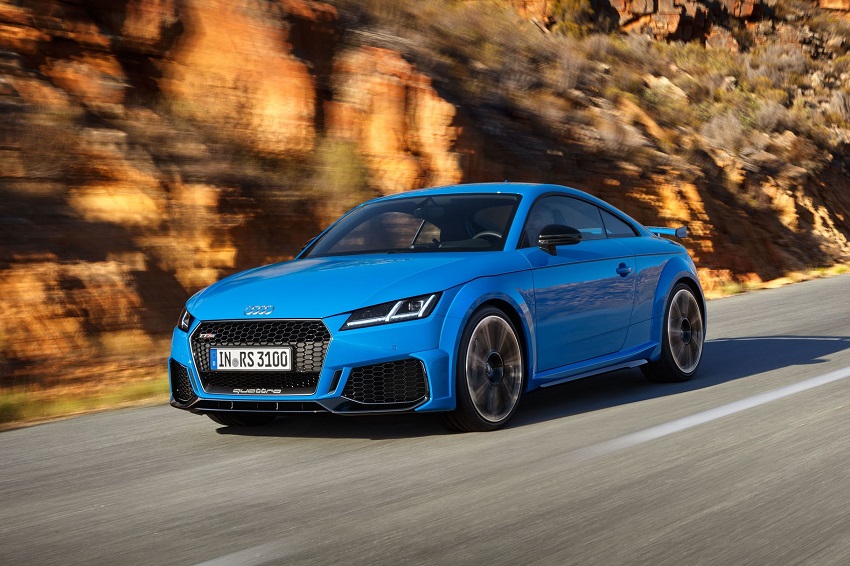
Audi TT RS
The Audi TT RS’ days are numbered. Recently, the German marque unveiled an ‘Iconic Edition’ of the car (effectively a glorified styling package) which has been touted as the TT’s swansong. Indeed, if you want a five-cylinder, all-wheel drive sports car, you’ve got less than a year to buy one new.
However, before Audi Sport turns to a future of electrified powertrains, we thought we’d take one final glance at the petrol-powered TT in its ultimate form.
The 2022 TT RS is a far cry from the original TT that famously caused a stir at the Frankfurt motor show. Whereas the Mk1 had bubbly styling and (initially) a notoriously tail-happy rear end, the current iteration of the car feels a lot more sensible in every way.
Visually, it’s a chiselled-looking thing, and that Quattro all-wheel drive system certainly helps to keep you in check. Unfortunately though, like many fast Audis with DNA that stretches back a few years, the TT RS doesn’t quite give the same level of feedback to the driver as its rivals do. There’s just a bit more disconnect between you and the road surface. It’s an assured car, no doubt, and a simple one to drive quickly, but the excitement department is somewhat lacking.
Still, it’s an incredibly capable vehicle. Its unique five-cylinder engine outputs just under 400hp and manages to propel you to 62mph in just 3.7 seconds.
Prices start at £60,025, though it’s easy to spend a lot more than that if you climb your way up through the trim levels and optional extras.
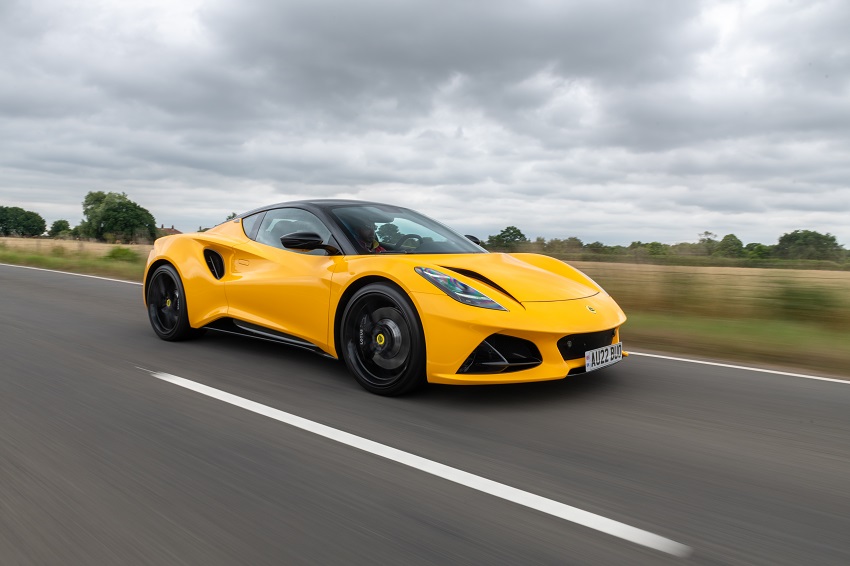
Lotus Emira
This is an important one. The last ever petrol-powered Lotus model needed to be good, and happily, it appears as though the engineers at Hethel didn’t miss the mark with the Emira.
Ok, so it’s not quite a Cayman-beater, and in reality, it’s probably better to think of it as an evolution rather than a revolution of Lotus’ previous models. But that doesn’t deter from the fact that it’s still a damn good car – and a fine tribute to the brand’s illustrious internal combustion era.
If you want one, the base model will set you back £59,995. For the money, you get a car with class-leading levels of downforce production, thanks to its flat floor, splitters, diffusers, and prominent air channels woven into the body, while power comes from a turbocharged four-cylinder engine. Impressively, the 2.0-litre AMG-sourced block outputs 360hp and will propel you to 60mph in 4.2 seconds. Its top speed is pegged at 176mph, but if you fancy cracking 180mph, you’ll have to fork out some extra cash for the supercharged V6 instead. A manual gearbox, meanwhile, is reserved for the beefier-engined car only. Something worth considering if you prefer total control over your gear shifts.
Despite that enticing overview though, the general consensus is that it still doesn’t quite have the poise on track that a Porsche, or perhaps even an Alpine, can offer. Mind you, there’s no shame in falling short of cars like those.
A final key point to make is the fact that, unlike Lotus cars of yesteryear, the Emira comes across as a vehicle which you could use comfortably on a daily basis. There’s no whiff off ‘shed-built’ motoring about its cabin, which features attractive materials and the latest core infotainment tech.
Ultimately, if you want a car that’ll beat this genre’s established old guard, the Lotus Emira isn’t it. However, for the first time in a very long time, Lotus now offers a genuine alternative. It might not win the awards at the end of the day, but it certainly gives the likes of Porsche a run for their money.
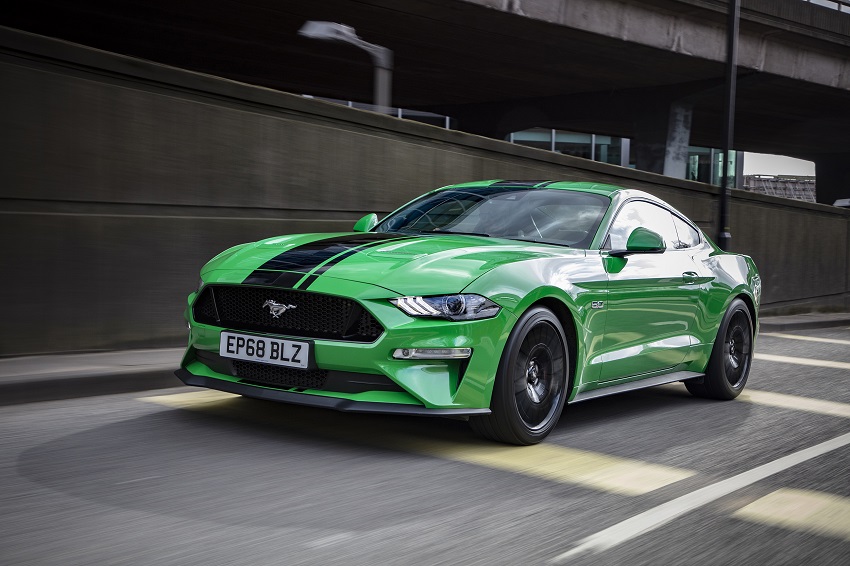
Ford Mustang GT
At a time when the automotive industry is in a major state of transition, the new Ford Mustang remains a refreshingly traditional option. There’s no hybridization, no all-wheel drive platform, and no controversial styling in sight. Instead, you just get a big ol’ 5.0-litre V8, strapped to a rear-wheel drive chassis. What’s not to love?
However, that new generation won’t be available until late 2023, so seeing as this is a list for 2022, we should probably re-adjust our focus to the outgoing model instead.
Now, it’s worth pointing out that although the Mustang is of course a muscle car rather than an outright sports car per se, you shouldn’t be fooled into thinking that these modern ones will handle like a truck. Instead, independent suspension at both ends of the chassis, combined with a limited-slip differential and performance braking system, means that the sixth-gen ‘Stang is a more adept performance car than you might imagine.
The fifty-grand base-spec model can be had with either a six-speed manual gearbox, or a ten-speed (!) automatic, and shifts its way to 60mph in less than five seconds. It’s admittedly heavier than most of its European counterparts, but weighs-in slightly lighter than the new 2023 BMW M2 – a car which you’d naturally assume to be the daintier of the pair. Whether that says more about the Mustang or the BMW, we’ll let you decide…

BMW M2 Competition
Ask most motoring journalists, and they’ll tell you that the best modern M Car is the cheapest, smallest one – the M2. Here’s why.
As with every other car model, BMW’s best sports car (historically-speaking) – the M3 – has piled on the pounds and the horsepower over the years. That means that the current iteration of M Sport’s biggest icon feels almost nothing like the classic M3s that enthusiasts often pine for. Instead, the shorter, lighter, less powerful M2 is a far better spiritual successor.
In a way, BMW took quite a big risk when launching the M2. If playful handling and punchy performance was what you were after, then the best combination of those traits could be found in the entry-level M Sport option. As a business model, that hardly strikes us as ‘optimal’. Of course, the more expensive M3s and M4s are faster, and the M5 represents the more luxurious, practical choice, but whichever way you slice it, the M2 can’t be beaten for smiles per hour.
Happily for us, BMW embraced the car instead of shelving it. After all, bigger specs tend to sell more cars than actual driving feel these anyway, so the M3 was in no real danger. That meant that in 2018, BMW felt they could get away with making the M2 even better.
The resulting M2 Competition boasted a number of upgrades over the original car. Increased torsional rigidity and an active differential meant that the M2 was now even more competent at tackling apexes. The braking system also got upgraded, as did the powertrain. Thanks to the addition of an extra turbo, another 40hp was extracted from its 3.0-litre straight-six engine: a welcome power hike, without going overboard. This reduced the car’s 0-62mph time to just 4.2 seconds.
Sadly, some of the elements that made the original M2 so great – like its relative lightness and easily loveable styling – have been foregone for its imminent successor. So, if you ask us, we reckon you should bag one of these outgoing cars while you’ve still got the chance.
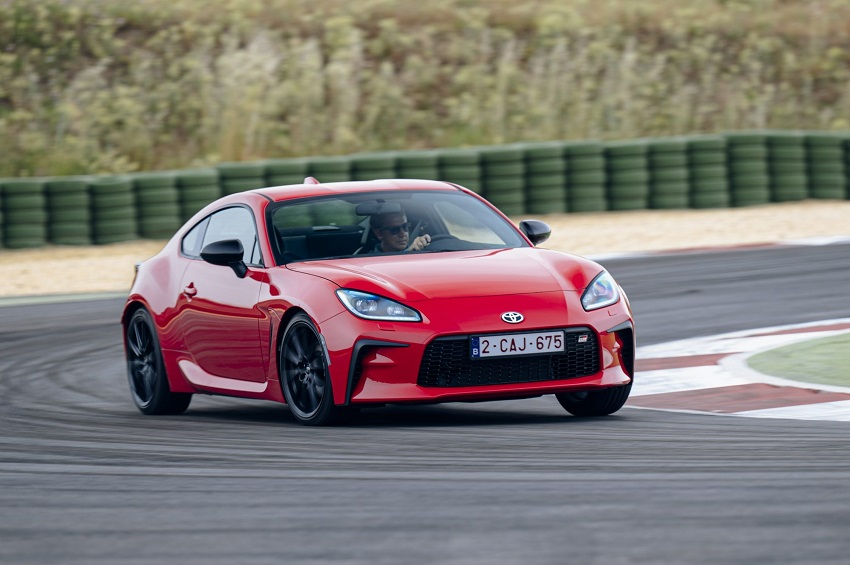
Toyota GR86
The final car on our list might just be the best ‘affordable’ sports car of them all. Unfortunately, if you live in Britain, you’ll have already missed your chance to buy one fresh from the factory as our entire allocation was spoken for within 90 minutes. So, why all the fuss over a four-cylinder Toyota?
Well, that has a lot to do with its predecessor and its price tag. The old GT86 was one of the standout cars of the early 2010s, marking the return of the cheap, sporty coupe. In decades past, people weren’t short of attainable sporting options, but as time has gone on, low-end performance vehicles (that aren’t hot hatches) have become harder and harder to come by. The GT86 was the car that put a stop to that, offering rear-wheel drive and addictively playful handling within a sleek silhouette that the masses could realistically aspire to own. And it wasn’t just a token offering either – the GT86 was an award-winning (albeit slightly underpowered) car, worthy of its place on the market.
Naturally, the demand for such a car in today’s landscape of excess was high – really high. For that reason, it’s a shame that only a few hundred of these new G*R*86s will make their way to our shores. Some rumours initially suggested that that was down to emissions-based technicalities, but in reality, it’s looming changes to safety regulations that have curtailed the car’s lifespan in Europe.
Nevertheless, those of you that have managed to clinch one are very lucky people indeed. Priced from £29,995, only the Mazda MX-5 could beat the GR86 for price, but the Toyota is the more dynamically capable of the two. Its six-speed manual gearbox, limited-slip differential and 1276kg kerb weight make for a tantalising combination, especially when paired with Subaru’s flat-four boxer engine.
Sure, a 6.3-second 0-62mph time and 231 horsepower (27hp more than the previous car) isn’t going to worry the majority of vehicles featured on our shortlist, but it’s the way that the Toyota uses what power it has that makes it so enjoyable. So long as you at least vaguely know what you’re doing behind the wheel, it’s an easy car to tame, and ultimately cars are at their best when they aren’t making you work hard. Unlike the Audi TT though, for instance, the GR86 still manages to translate enough feedback to its driver for the experience to be a rewarding one.
So, while there may be faster, more luxurious sports cars out there, it’s hard to look beyond the GR86 for value for money. For that reason, it remains king of the affordable sportscar genre.

